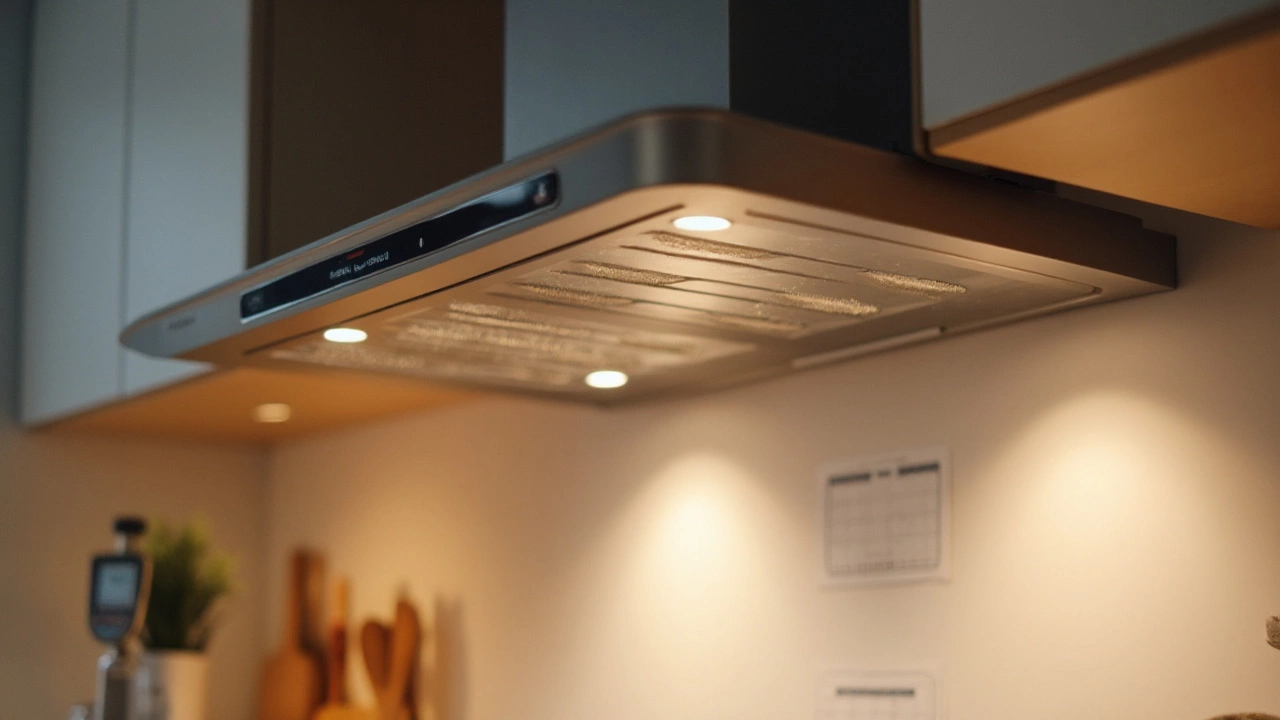Extractor Repair: When to Fix, Replace, or Call a Pro
If your kitchen or bathroom fan is making weird noises, blowing weakly, or just not turning on, you probably need an extractor repair. Knowing the signs early can save you time, money, and a lot of frustration. In this guide we’ll walk through the most common problems, easy DIY fixes, and the point where calling a professional makes sense.
Common Problems and Warning Signs
First thing to look for is reduced airflow. If steam or cooking smells linger longer than usual, the fan blades are likely clogged with grease or dust. A humming sound without any air movement usually means the motor is stuck or the belt (if it has one) has slipped.
Another red flag is a burnt smell. That can signal overheated wiring or a failing motor. Turn off the fan right away and check the power source. If the fan sparks or the switch feels hot, stop the DIY route and get an electrician or a certified repair tech.
Lastly, look at the fan housing. Cracks, rust, or loose screws can let in moisture, which corrodes the motor over time. Tightening the screws and cleaning the housing won’t fix a dead motor, but it can prolong the life of a still‑working unit.
DIY Repair Steps and Cost Guide
Before you start, unplug the fan or switch off the circuit breaker. Most extractor fans are designed to be taken apart with a screwdriver. Remove the cover, clean the blades with warm, soapy water, and wipe the motor housing with a dry cloth.
If the fan still runs weakly after cleaning, check the motor belt. Many modern fans use a direct‑drive motor, so the belt isn’t an issue, but older models do. A snapped belt is cheap – usually £5‑£10 – and easy to replace. Snap a new belt onto the motor pulley and the fan wheel, then reassemble.
For a motor that won’t spin at all, you might need a replacement. A basic extractor motor runs about £30‑£60, depending on the brand and power rating. If you’re comfortable with basic electrical work, you can swap it yourself following the wiring diagram inside the fan housing. Otherwise, a professional will charge roughly £80‑£120 for labor plus the part.
When the fan’s housing is cracked or the wiring is corroded, replacement is usually the smarter choice. New fans cost between £40 and £150. Installation is quick – most fit into an existing cutout in under 30 minutes – but if you’re not handy with drywall or ceiling work, hiring a pro can cost an extra £50‑£100.
Regular maintenance can keep repair costs low. Wipe the fan cover monthly, run the fan for a few minutes after each shower or cooking session to dry it out, and schedule a deep clean once a year. These habits catch problems before they become expensive fixes.
Bottom line: if you see noise, poor airflow, or a smell, start with a quick clean and belt check. If the motor’s dead or the housing is damaged, weigh the cost of a new fan against repair labor. When in doubt, a short call to a local repair service can give you a price estimate and save you a bad DIY experience.
The Essential Guide to Servicing Your Extractor Fan
0 Comments
Extractor fans play a vital role in maintaining the ventilation and air quality of your home. Regular servicing of these fans is crucial to ensure their efficiency and longevity. This article explores why extractor fan maintenance is necessary, the benefits it offers, how often you should service your fan, common issues that can arise, and some practical tips for effective upkeep. Discover how scheduled servicing can prevent costly repairs and ensure your extractor fan continues to serve you well.
Read More